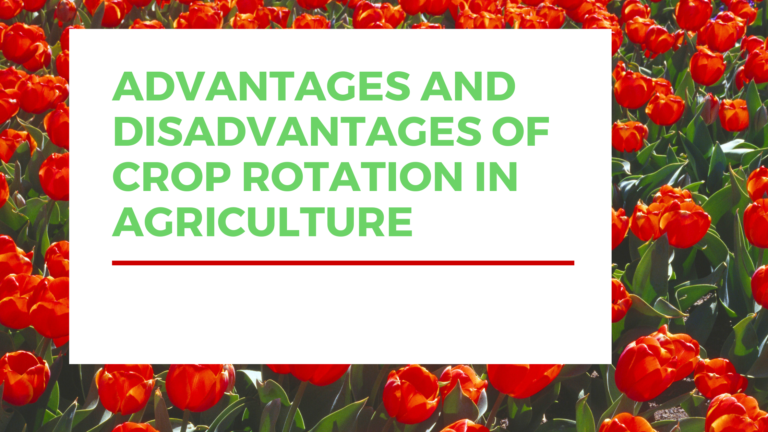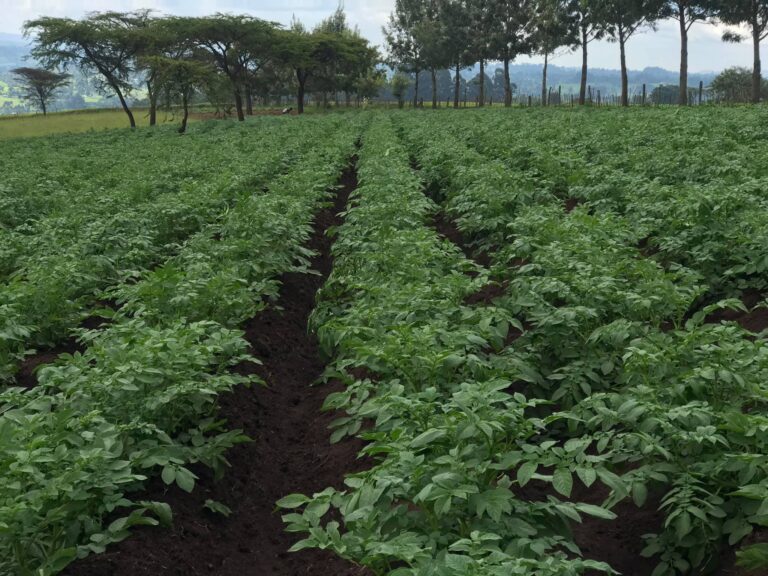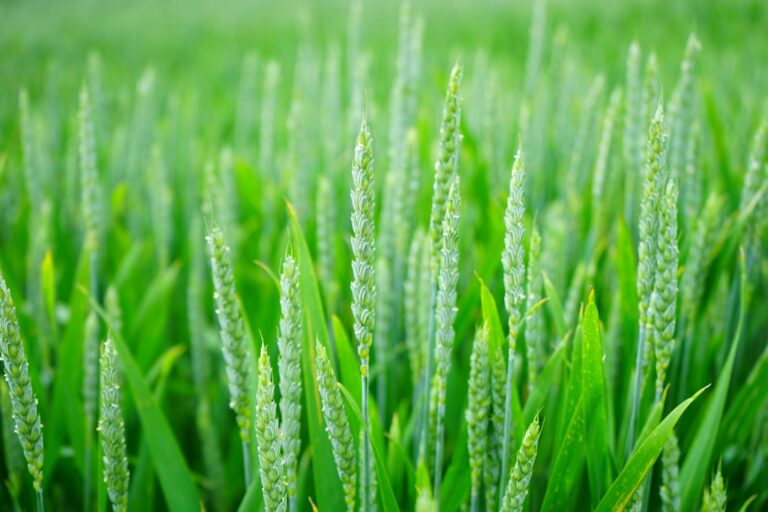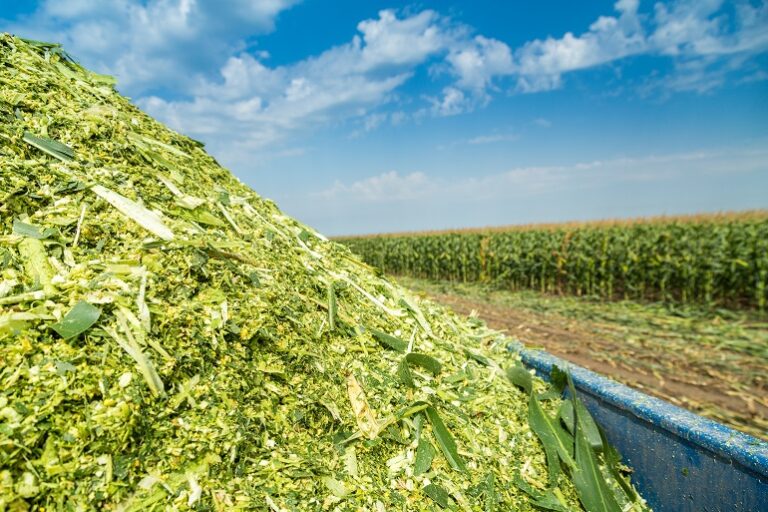Kale Yield Per Acre In Kenya
A typical range for kale yield per acre in Kenya is between 8,000 to 12,000 kilograms (8 to 12 metric tons) per acre per year. This yield can be influenced by factors such as soil fertility, irrigation practices, pest management, and the specific variety of kale being grown.
In Kenya, kale, commonly known as “sukuma wiki,” has a significant yield potential that varies based on management practices and environmental conditions. The average yield for kale per acre is generally reported to be between 8,000 kg to 12,000 kg.
Yield Estimates
- Lower Estimate: 8,000 kg per acre,
- Higher Estimate: Up to 12,000 kg per acre, especially with improved farming techniques and better management of resources.
Factors Influencing Yield
- Variety: Different kale varieties have varying yield potentials. Hybrid varieties like “Mfalme F1” can yield between 15,000 kg to 20,000 kg per acre depending on management.
- Management Practices: Effective practices such as proper spacing, timely irrigation, and pest control can significantly enhance yields.
- Environmental Conditions: Kale thrives in well-drained loamy soils with a pH of 5.5 to 7.0, and it requires adequate rainfall (at least 500 mm per annum) or irrigation for optimal growth.
Kale Farming In Kenya
Is Kale Farming in Kenya Profitable? Kale farming, locally known as sukuma wiki, stands as one of the most lucrative agricultural ventures in Kenya.
In this comprehensive analysis, we will explore the costs, benefits, and profitability of kale farming on a one-acre plot under open-field and rain-fed conditions.
This post will delve into the expenses, revenues, and overall profits that a Kenyan farmer can expect from cultivating kale.
Optimal Conditions for Kale Growth
Soil Requirements
Kale thrives in well-drained, fertile soils with a pH ranging from 6.0 to 7.5. Sandy loam soils are ideal as they provide good drainage and aeration. Farmers are encouraged to conduct soil tests to determine nutrient levels and pH, and to amend the soil accordingly.
Climate and Weather Considerations
Kale prefers cool climates with temperatures ranging between 18°C and 24°C. It can tolerate light frost but prolonged cold or extremely hot conditions can adversely affect growth and yield. Rainfall should be well-distributed throughout the growing season to avoid water stress.
Water Management
Adequate and consistent water supply is essential for optimal kale growth. Drip irrigation is recommended as it ensures efficient water use and maintains soil moisture at optimal levels. Overhead irrigation can be used, but it may increase the risk of fungal diseases.
Best Practices for Increasing Yield
Selection of High-Yield Varieties
Choosing the right kale variety is crucial for achieving high yields. Improved varieties such as ‘Thousand Headed’ and ‘Collards Georgia’ are known for their high productivity and disease resistance. Farmers should select varieties that are well-suited to their local conditions.

Here’s a detailed overview of some of the best kale seed varieties available in Kenya:
Recommended Kale Seed Varieties:
- Mfalme F1 and Malkia F1:
- Type: Hybrid (F1)
- Attributes: Known for higher yields, shorter maturity period, and extended harvesting duration before flowering. These varieties are preferred for their robust growth and ability to withstand common kale pests and diseases.
- Kinale and Tosha:
- Type: Improved local varieties
- Attributes: These varieties are recognized for their high yield potential per acre and resilience to prevalent kale pests and diseases in Kenya’s agricultural regions.
- Thousand-Headed Variety:
- Attributes: This variety is noted for its long harvesting period of 2-3 months, making it suitable for continuous production cycles. It offers good resistance to certain pests and diseases, along with strong heat tolerance and uniform growth.
- Collards Southern Georgia:
- Attributes: Originating from the Southern United States, this variety adapts well to Kenyan growing conditions. It is favored for its productivity and robust leaf growth.
- Ethiopian Kale (Kanzira):
- Attributes: Known for its nutritional value and adaptability, Ethiopian Kale is gaining popularity in Kenya. It thrives in diverse climates and offers a unique flavor profile.
- Marrow Stem:
- Attributes: This variety features a thick stem and large, tender leaves. It is valued for its culinary versatility and hearty growth.
Choosing and Sourcing Kale Seeds:
When selecting kale seeds, it’s essential to prioritize certified seeds from reputable sources like accredited agrovet stores or seed companies. Ensure the seeds are of high quality and suited to your specific farming conditions, such as soil type, climate, and intended cultivation practices.
Seedling Preparation and Cost:
Preparing quality kale seedlings for an acre typically costs around Ksh 6,800. This includes the purchase of seeds and the necessary materials for raising a healthy nursery. Proper nursery management ensures robust seedlings ready for transplanting, contributing to successful crop establishment and yield potential.

By selecting appropriate kale seed varieties and investing in quality seedlings, Kenyan farmers can optimize their kale cultivation efforts, enhance crop resilience, and achieve higher yields to meet market demands effectively.
Proper Spacing and Planting Techniques
Proper spacing of plants ensures adequate air circulation and reduces competition for nutrients. A spacing of 30 to 45 cm between plants and 60 to 75 cm between rows is recommended. Transplanting seedlings rather than direct seeding can also improve survival rates and uniformity.
Nutrient Management
Importance of Soil Fertility
Soil fertility is a critical determinant of kale yield. Farmers should aim to maintain high levels of organic matter in the soil, which improves structure, water retention, and nutrient availability. Regular addition of compost and well-rotted manure can enhance soil fertility.
Fertilizer Recommendations
Balanced fertilization is key to achieving high yields. Nitrogen is particularly important for leaf development, while phosphorus and potassium support root growth and overall plant health
A common recommendation is to apply a nitrogen-rich fertilizer, such as CAN (Calcium Ammonium Nitrate), during the growing season.
Here’s a breakdown of recommended fertilization practices and options for increasing soil organic matter:
- Basal Application: Start by incorporating rotten compost or farmyard manure during land preparation. Apply approximately 7 tons per acre, costing around KES 2,000 per ton. This enriches the soil with essential organic matter and nutrients, providing a solid foundation for plant growth.
- Planting Fertilizer: For each planting hole, apply about 5 grams of a balanced fertilizer. A 50 kg bag typically costs KES 3,500. This initial application ensures that young kale plants receive adequate nutrients right from the start, promoting strong early growth.
- Top-Dressing: Once the kale plants reach a height of 20 cm, apply Calcium Ammonium Nitrate (CAN) at a rate of 20 grams per plant (equivalent to 40 kg per acre). Three weeks later, increase the application to 40 grams per plant (80 kg per acre). A 50 kg bag of CAN costs approximately KES 3,000. This regimen supports continuous nutrient availability during the critical growth stages, boosting leaf development and overall yield.
- Foliar Feeding and Bio Stimulants: To further enhance leaf growth and appearance, consider supplementing with foliar feeds and bio stimulants. Products like Easygro Starter (N:P K 18:20:21+ TE) and Easygro Vegetative (N:P K 27:10:16 + TE) provide essential nutrients directly to the leaves, improving nutrient uptake efficiency and overall plant vigor.
- Mulching: Utilize materials such as sawdust or dry grass to mulch your kale farm. Mulching conserves soil moisture, prevents erosion, and minimizes soil splashing onto leaves. This practice also contributes to increasing soil organic matter over time, further enriching the soil and supporting long-term crop health.
By following these fertilization practices and incorporating organic matter through compost and mulching, kale farmers in Kenya can optimize crop yields, improve soil fertility, and sustainably manage their agricultural operations.
Adjustments based on local soil conditions and periodic soil testing will help fine-tune fertilization practices for maximum efficiency and profitability.

Common Pests and Diseases
Pests and diseases are major challenges in kale production. Aphids, caterpillars, and whiteflies are common pests, while black rot and downy mildew are prevalent diseases. Effective pest and disease management strategies are essential to minimize losses.
Here’s a breakdown of recommended pesticides and weed control methods:
Pests and Diseases Affecting Kale:
Kale can be susceptible to various diseases and pests, including:
Diseases:
- Damping off
- Black rot
- Downy mildew
- Powdery mildew
- Ring spot
- Black leg (Dry rot canker)
Pests:
- Cutworms
- Aphids
- Sawflies
- Black diamond moths
- Caterpillars
- Thrips
Pest Management Strategies:
To combat these challenges, consider using the following bio-pesticides and herbicides:
- Fungicides: Utilize products containing Cymoxanil and Mancozeb to manage fungal diseases effectively.
- Herbicides: Incorporate oxyfluorfen-based herbicides to control weed growth and reduce competition for nutrients, light, and space.
- Insecticides: Apply insecticides such as Amitraz, profenofos, and Bacillus thuringiensis (Bt) to target specific pests like aphids, cutworms, and caterpillars.
Weed Control:
Regularly weed your kale farm to prevent perennial weeds from competing with the crop. Depending on the growth rate and rainfall patterns, aim to weed at least twice during the growing season. This practice helps maintain optimal growing conditions for kale plants, minimizing the impact of weed interference on yield and quality.
By integrating these pests and weed management practices into your kale farming operations, you can safeguard crop health, maximize yields, and sustain profitability over time. Always follow recommended application rates and safety guidelines provided by product manufacturers to ensure effective and responsible pesticide use.
Costs Of Kale Production In Kenya; Profitability of Kale Farming
Yield and Revenue
Based on a yield potential of 15,000 kg per acre, a farmer can generate total revenue of KES 675,000 from selling sukuma wiki (based on Ksh. 45/- per kg). For a five-acre farm, this revenue scales up to KES 3,375,000.
However, market prices for kale are volatile and influenced by seasonality, often ranging from KES 15 to KES 25 per bundle. For this analysis, we assume a stable price of KES 45 per kilogram.
Cost Analysis
Seedlings and Varieties
Quality seedlings for one acre cost around KES 6,800, including expenses for seeds and nursery preparation. Popular hybrid varieties like Mfalme F1 and Malkia F1, known for their high yields and disease resistance, are recommended. Other notable varieties include Thousand Headed, Collards Southern Georgia, Ethiopian Kale (Kanzira), and Marrow Stem.
Soil Testing
Soil testing is crucial for optimal kale yield. Testing for soil and water suitability incurs approximately KES 6,000. Ideal soil conditions include well-drained fertile soils with a pH range of 5.5 to 7.0 and an altitude of 800 to 2200 meters above sea level.
Land Preparation
Proper land preparation is essential for successful kale farming. This includes ploughing, harrowing, and ensuring fine tilth. The costs for these activities are estimated at KES 17,600. Leasing land near towns or water sources averages KES 7,000 per annum.
Fertilizer Application
Using a mix of compost, planting, and top-dressing fertilizers based on soil test recommendations is crucial for high yields. The estimated fertilizer cost is KES 8,500 per acre.
Pest and Disease Management
Effective management of pests and diseases involves regular spraying with fungicides, herbicides, and insecticides. These chemicals cost around KES 11,500. Weeding should be done at least twice during the growing season to prevent nutrient competition.
Labor Costs
Labor is the highest cost in kale farming, with an estimated requirement of 120 working days per acre, costing approximately KES 35,700. This includes activities like transplanting, weeding, top-dressing, and harvesting.
Gross and Net Profits
To determine gross profit, we subtract the total production cost (KES 111,000) from the total revenue (KES 675,000), resulting in KES 564,000 profit.
Deducting miscellaneous costs of KES 30,000 for transportation, communication, and market fees gives a net profit of KES 647,000 per acre per season.






